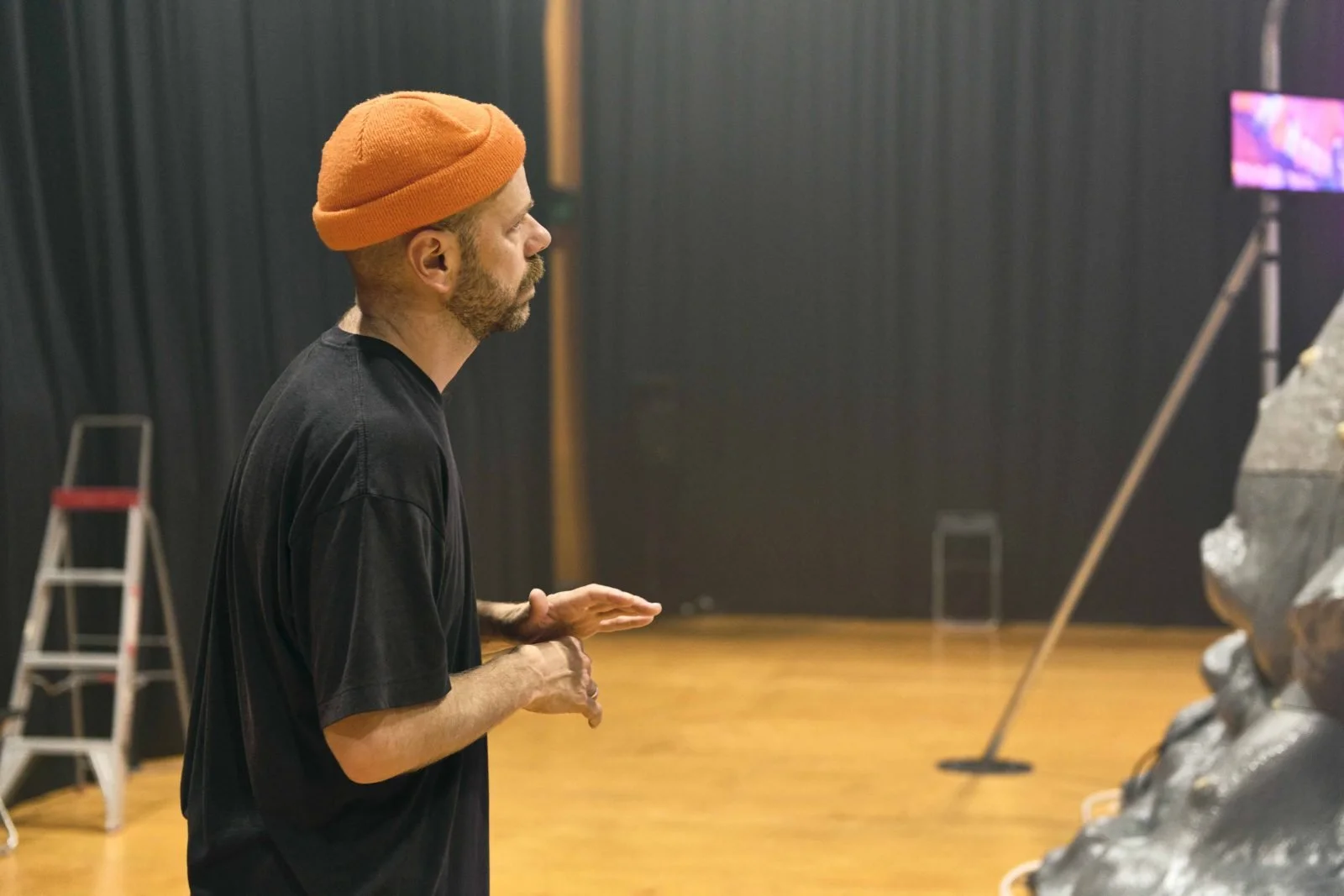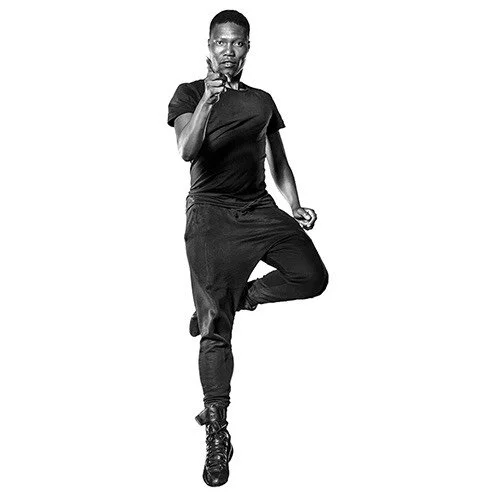Written by Eleanor Scicchitano
In 2017, The Mill and STRUT Dance join forces to deliver the ENGAGE residency program. Choreographer and dancer Tanya Voges and I had a chat about her experiences in this unique program.
ENGAGE is an intensive program, offering the participant a range of choices in the planning stages, allowing them to mold the experience into what suits them and the needs of their practice. Voges chose to attend workshops led by both choreographers and theatres makers, and spent time in residence in both Adelaide and Perth. The workshops invited artists from many disciplines, not just dance, and allowed Voges to both reconnect with her community at home, and to forge new networks interstate. Upon returning to Adelaide, she was given studio space at Restless Dance Theatre, where she was able to experiment with her ideas, with an extended period of time to focus solely on her practice.
It was not only her professional practice that was set for a period of growth and change. While planning for her residency, Voges found out she was pregnant with her second child.
Had the program been stricter, would it have been possible for Voges to take part? Possibly not. ENGAGE is designed in such a way that artists have the freedom to access a range of programs, and to tailor their experiences to their needs. This allows the freedom to work amongst other deadlines, and to plan for family and other commitments. Perhaps more importantly, a program that demands no specific, public outcome is a freeing experience, a luxury rarely afforded to artists in any discipline. There is an openness to this process; with no pressure to create a ‘product’ to be given the opportunity and space in which to explore, Voges has been able to slowly and deeply think about her ideas, learning and new techniques.
The workshops undertaken by Voges not only allowed her access to working with international choreographers, but saw her work amongst artists from many disciplines. She worked with theatre makers who had flipped the script and begun their new work by examining movement, not narrative. In Choreographic Futures she experimented with movement, led by a series of provocations and instructions, alongside not only dancers but writers, painters and installation artists. Being able to immerse herself in such a range of practices allowed Voges to experiment with her own medium, and to approach it from different directions.
Tied to this freedom to experiment, the artist gave herself permission for new ideas to fail. With no time sensitive outcome required, if an experiment doesn’t work, or if it takes longer than expected it is okay. No audience will be disappointed by a cancelled or under-developed performance. And when the audience is invited in to this space, there is the opportunity for increased focus on process, and the potential to gain greater insight into the act of creation.
Life as a freelancer is a roller coaster, the pressures of which Voges captures in our time speaking. The need to have an idea, and then make it happen as quickly as possible because you don’t know when the next paying job will come along, or the next time you will have the space to work on a project without the interruption of a paying job which, while it may not be exactly what you want to do, is what is going to keep the electricity connected and the bills paid. The ENGAGE program presented the opportunity for Voges to slow down, to mull over her ideas and give them space before racing ahead and making something happen publicly.
In a competitive funding environment, money to sit and think is rarely forthcoming, making a supported opportunity like this invaluable. Voges has noticed a shift in her practice, with the luxury of time to work through ideas, and a space in which to work, she has been able to focus on quiet moments and small movements. These actions have been extended out, and through play and practice, she has been able to lead them to a natural conclusion. This time, while it may appear to be a time doing ‘nothing’ is what will lead to a stronger practice, and meaningful work.
Perhaps there is a way we can encourage some financial support for ‘thinking time’. With no tangible, public facing outcome it requires a leap of faith on the part of a funding body, and a recognition from the public that taking the pressure of a public outcome off the table will allow the open flow of thought. But, if we could do it, I can only imagine the new techniques, thoughts and processes that would result. Adding to the mix the immersion amongst practitioners from a range of mediums and processes, we are presented with innumerable possibilities for developing exiting, challenging artworks. Maybe that’s what we need to work towards: a time when more artists, across mediums and disciplines, are given the opportunity to slowdown, relieved from the pressure to get it right, and are simply be allowed to be.














